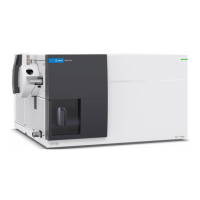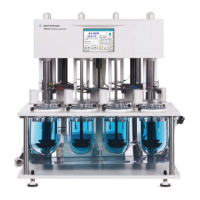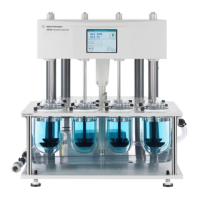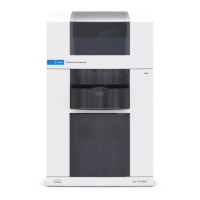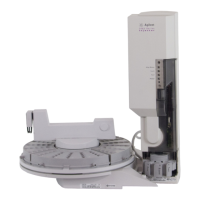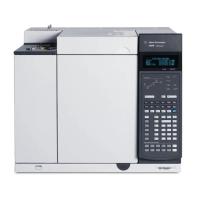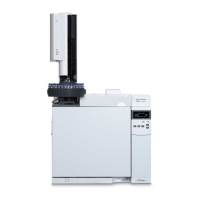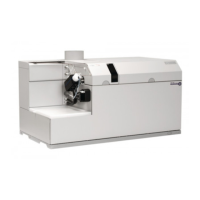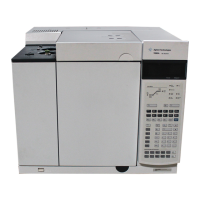
Do you have a question about the Agilent Technologies 7000 Triple Quadrupole GC/MS and is the answer not in the manual?
| MS/MS Transition Speed | Up to 500 transitions/sec |
|---|---|
| Resolution | Unit Mass Resolution |
| GC Interface | Direct capillary interface |
| Ion Source | Electron Impact (EI) |
| Detector | Electron Multiplier |
| Scan Speed | Up to 20, 000 u/sec |
| Sensitivity | 1 pg OFN S/N ≥ 1000:1 in EI mode |
| Software | MassHunter Workstation |
| GC Compatibility | Agilent 7890 GC or equivalent |
| Dynamic Range | > 6 orders of magnitude |
| Vacuum System | Turbomolecular pump |
| Power Requirements | 230 VAC, 50/60 Hz |
| Mass Range | 10-1050 m/z |
Denotes a hazard that could cause damage or data loss.
Denotes a hazard that could cause personal injury or death.
Highlights critical safety precautions and hazards associated with the instrument.
Outlines safety procedures and hazards related to using hydrogen as a carrier gas.
Provides general advice and strategies for troubleshooting instrument issues.
Lists common symptoms observed when operating the GC/MS system.
Details symptoms observed in chromatograms that may affect data quality.
Describes symptoms observed in mass spectra, affecting tuning or sample analysis.
Covers symptoms related to unusual pressure readings in the system.
Details symptoms related to the instrument's heating zones.
Discusses identifying and resolving air leaks within the GC/MS system.
Addresses issues related to contamination affecting instrument performance.
Lists common problems specific to Chemical Ionization (CI) troubleshooting.
Provides general advice and strategies for troubleshooting CI issues.
Discusses identifying and resolving air leaks in the CI system.
